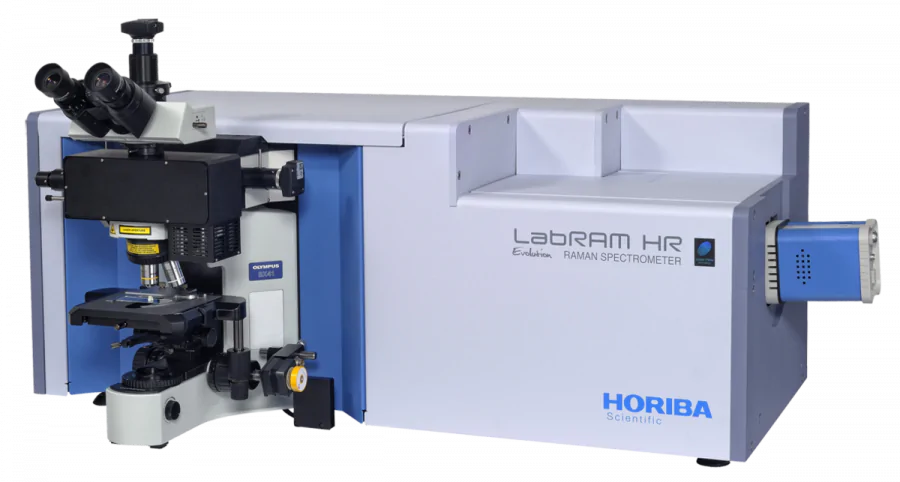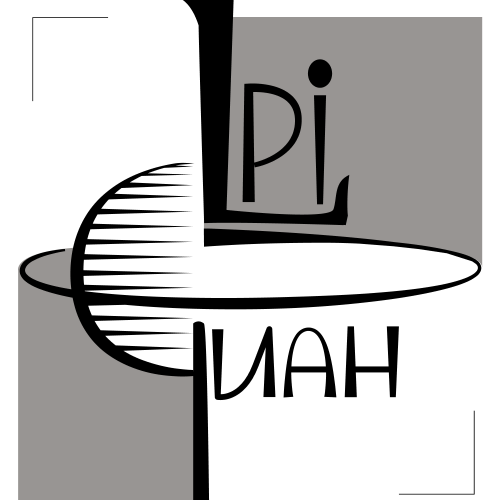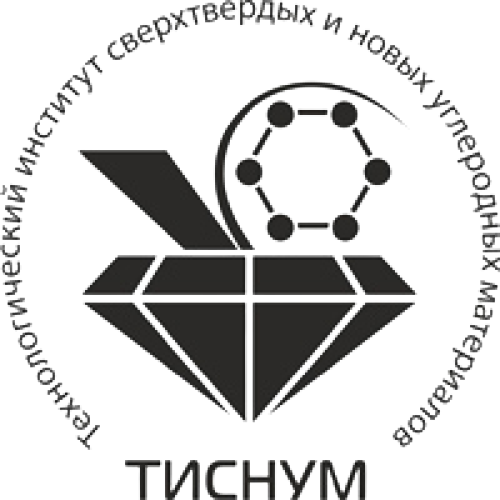Moscow High-Pressure Collaboration (MHPC)

The search for high-temperature superconductivity is one of the most challenging tasks of condensed matter physics and material science. An appealing idea dating back to the early 1960s was that metallic hydrogen should be a high-temperature superconductor. Due to the small mass of hydrogen, phonon frequencies in metallic hydrogen would be very high, of the order of several thousand kelvins (K), and the critical temperature of superconductivity (TC) can reach 300-400 K. However, extremely high pressures are needed for the transition of hydrogen from the molecular insulating phase into the metallic state. For this reason, the researchers have recently started to explore the possibility of inducing the superconducting state by adding other elements to hydrogen resulting in formation of new chemical compounds – polyhydrides, and strong reduction of the metallization pressure while maintaining high TC.
- Синхротронная рентгеновская дифракция
- Высокие давления
- Ячейки с алмазными наковальнями (100-200 ГПа)
- Электротранспортные измерения
- Импульсные магнитные поля
- ДФТ расчеты (термодинамика, сверхпроводимость)
- Спектроскопия КР (Рамановская)
















